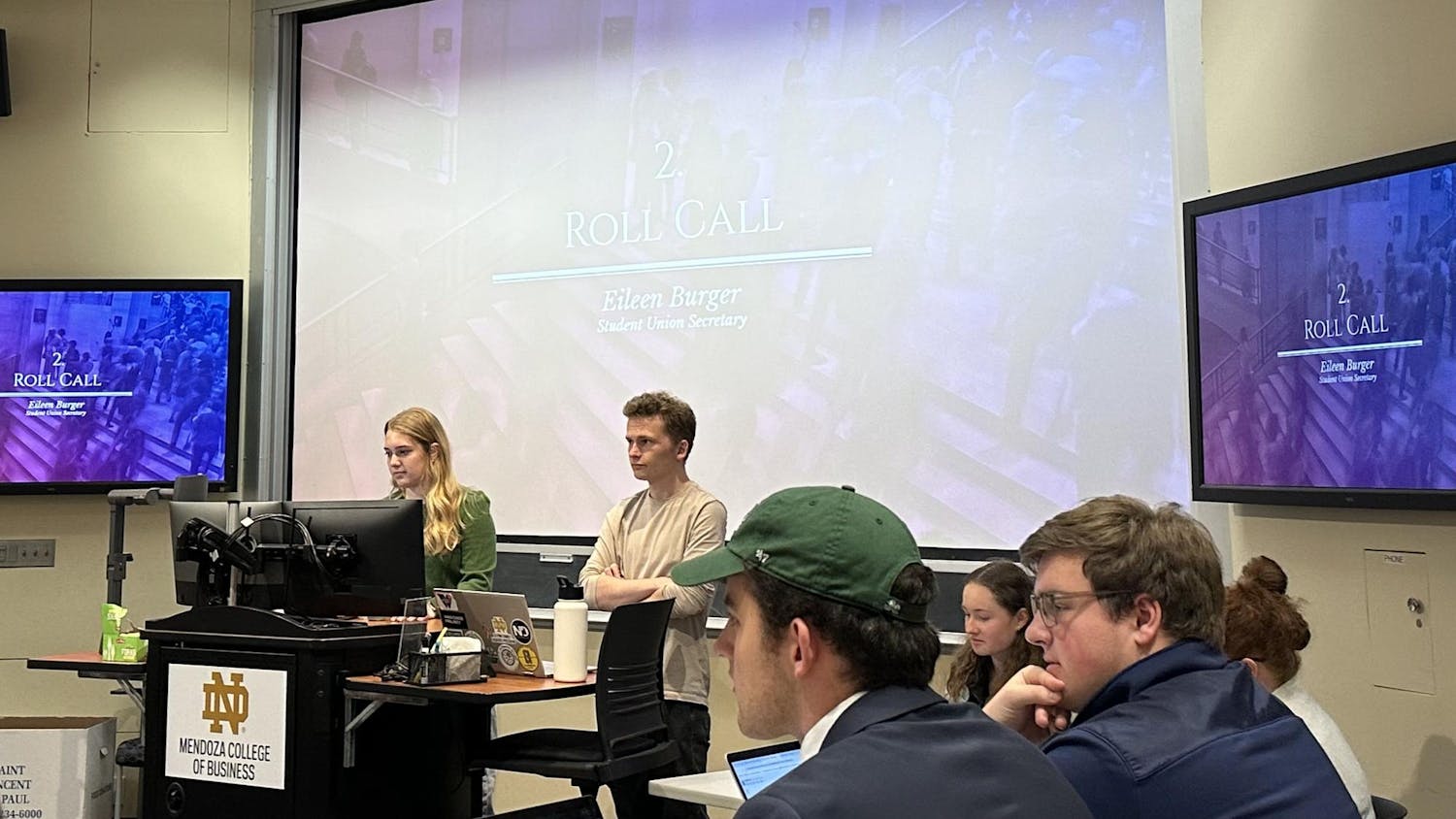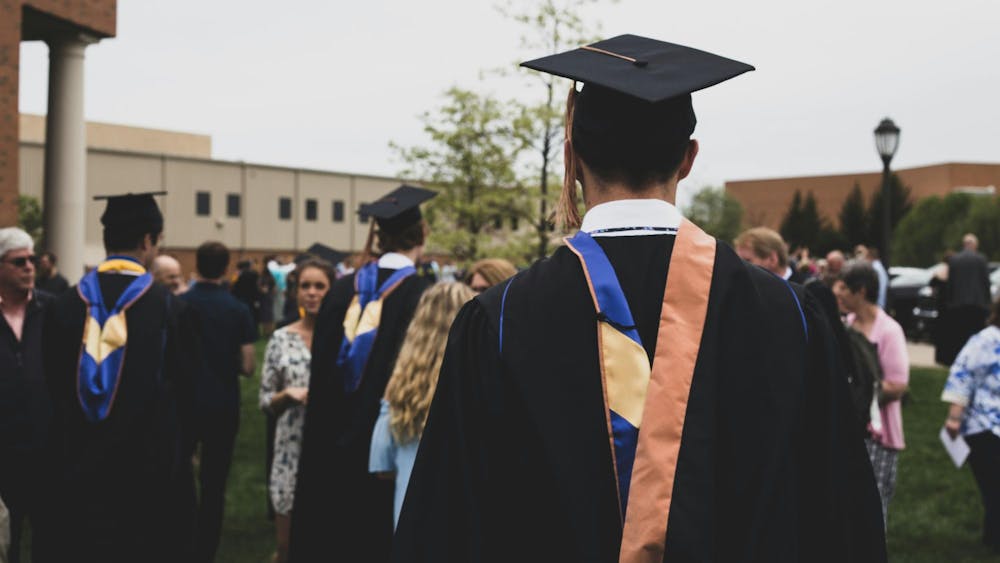A long time ago, in a galaxy far away, two black holes merged into one. Their collision sent out waves of energy that moved across the universe. However, these waves were not detected until Feb. 11, when scientists of the Laser Interferometer Gravitational-Wave Observatory (LIGO) Scientific Collaboration heard them for the first time.
“They’re basically ripples in the fabric of space-time,” associate professor of astrophysics Jay Christopher Howk said. “You have to think about space as being pliable. It’s sort of like if you put a bowling ball in the middle of trampoline, it warps the space. Mass does the same thing.”
In this case, that mass is two black holes that orbited each other until they merged into one. According to Howk, these black holes were about 30 solar masses each, or 30 times the size of our sun.
“If you add the two black holes' masses before they merged, the number was 65 solar masses,” Howk said. “After they merged, you had 62 left over. So where did that mass go? Well, it turns out it was converted to energy, and that’s the energy of the ripples that propagate out.”
Those ripples are the gravitational waves detected last week by LIGO. According to its website, LIGO is a world-wide collaboration of more than 80 scientific institutions, with two laboratories in the United States – one in Louisiana and one in Washington. The group used specialized lasers to detect the energy waves, the website said.
“Effectively what they have are two sets of masses, and they can measure the distance between them very precisely using lasers,” Howk said.
A gravitational wave will make these masses move closer or father away from each other, Howk said.
“That’s what we’re measuring here, is the wiggling of these masses," Howk said.
Einstein’s theory of relatively predicted the presence of these waves in 1916, and astronomers discovered a set of neutron stars whose orbit confirmed their existence in the 1970s.
“Of course, we knew gravitational wave existed,” Howk said. “But this is definitely the first direct detection.”
Howk said the detection is exciting because it offers a new way of studying black holes and other phenomenon.
“Any time you have some new way for gathering information about the universe, it just opens up whole new fields,” Howk said. “So now we’re going to be able to ask how often do black holes merge, how does that work … Even this event tells us something we didn’t know before — we had an inkling that that there were black holes more than 25 times the mass of the sun, but we certainly never had any evidence.
"Now we have two of them, and now they’ve made an even bigger one,” he said
This technology can also be used to study neutron stars, the leftover cores of stars that are large enough to supernova but not large enough to form black holes, Howk said.
“Now we can learn about various types of supernova that we think are driven by neutron star merges," Howk said. "And that’s very important for making some of the final elements on the periodic table, as one of the potential places they get made is in these neutron stars.”













